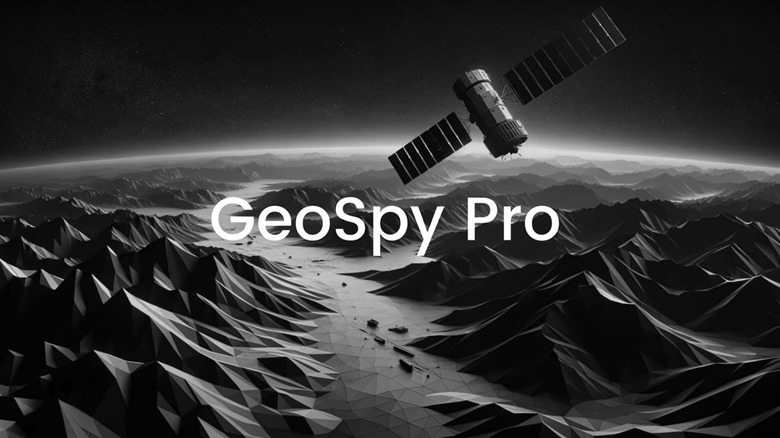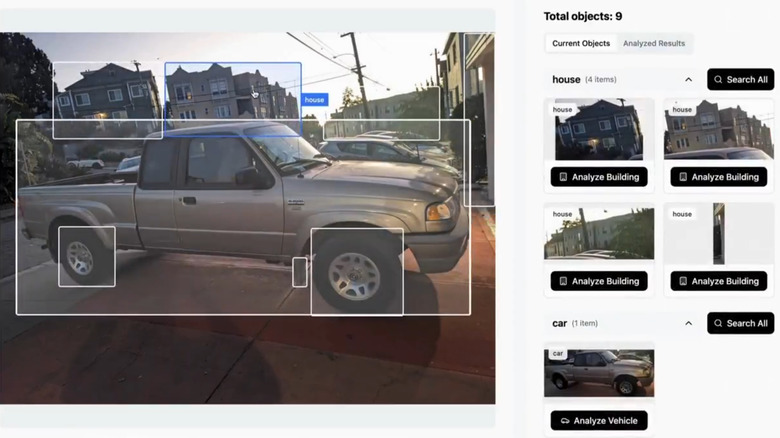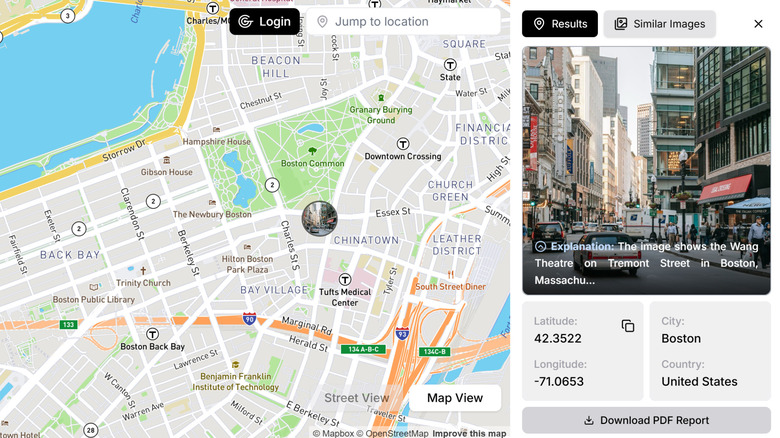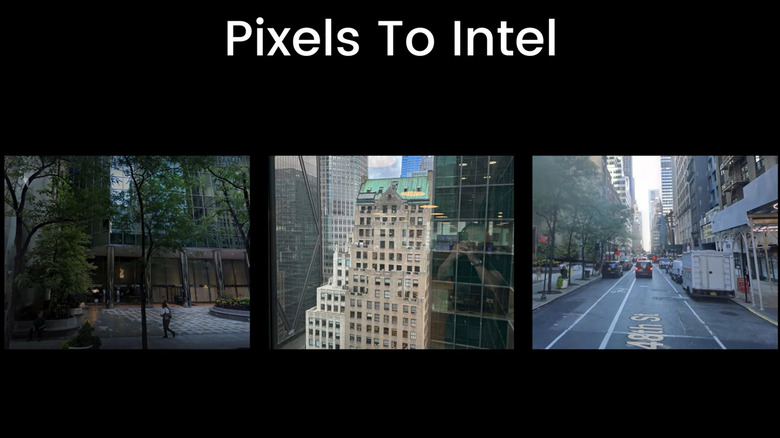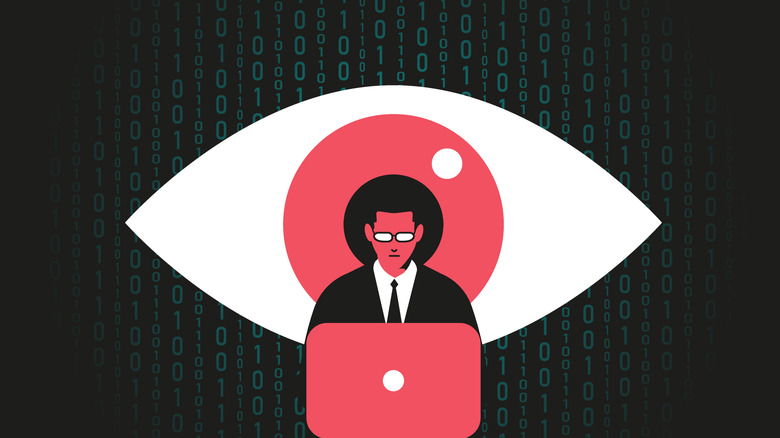Anyone with a pulse nowadays is painstakingly aware of Artificial Intelligence’s rapid growth as an economic and cultural change agent. While many are intrigued by the possibilities of these transformations, others are concerned about the threat of new AI applications, particularly when advancements affect the security and privacy of everyday citizens. Such is the conversation around GeoSpy AI, a new geolocator application that purports to find the exact location of any photograph within seconds.
The company behind this leap in AI technology is Graylark Technologies Inc. Based in Boston, Graylark was founded by its CEO Daniel Heinen and his twin brothers in 2023. According to Heinen, the team spent a year attempting various projects funded by his day job in AI until, finally, on Christmas Eve, Graylark launched GeoSpy AI for Open Source Intelligence (OSINT) hobbyists on Reddit. In just under a year, the company says that its tool grew from a buggy beta version to one that can determine picture locations within a matter of feet.
GeoSpy claims to find an image’s location solely through its pixels rather than its metadata. That would mean that the application uses the visual content of the photo — like the color of a fire hydrant, the language of a street sign, or the architecture of a building in the background — rather than the coding architecture of the file image itself. This technology is potentially revolutionary for researchers, law enforcement, and intelligence agencies — and yet it also poses dire questions that touch the very core of the rapidly changing privacy, security, and freedom debates of this digital age.
How does GeoSpy work?
Let’s start with how GeoSpy claims it advances the field of geolocation. Traditionally, geoestimation techniques blend two basic methods: image retrieval, i.e. comparing an image against a geotagged dataset, and classification-based models, divvying up the world into classifications based on visual cues. Recently, Large Vision Language Models (LVLMs) — multimodal systems that can ‘see’ by adding a vision encoder — can predict an image’s location based on factors like architecture, plant types, and signage text.
GeoSpy, for its part, claims to elevate this process by combining it with a Visual Place Recognition (VPR) model dubbed “Superbolt.” The idea behind Superbolt is simple: when someone submits a picture, GeoSpy compares it to a vast database of street-level images — over 46 million, according to the company — and uses commonalities to pinpoint its location. Think of it as a massive image-Rolodex that GeoSpy spins through. If it doesn’t find a match, GeoSpy can use the visual commonalities between the picture and those in its database to estimate a location. According to Graylark, what makes Superbolt special is its ability to hold and sift through this vast database of images by storing them as embeddings, which convert the image’s visual characteristics into numerical representations. As embeddings are more compact, GeoSpy’s database can process and house visual data more efficiently, with the company predicting it can scale GeoSpy to process billions of images at a time.
Three AI-powered geolocation products
According to its website, Graylark offers three products: GeoSpy Plus, GeoSpy Pro, and the soon-to-be-released GeoSpy Vision.
The most basic product is GeoSpy Plus, the company’s open-source intelligence tool designed for “hobbyists and OSINT enthusiasts.” Because GeoSpy Plus only uses the company’s geoestimation LVLM tools, it lacks the pinpoint accuracy of products powered by Superbolt’s embedding technology. Therefore, GeoSpy Plus, which OSINT enthusiasts have tested on Reddit, YouTube, and Discord — to mixed results — promises only “city and region-level accuracy.”
Graylark’s paid version, GeoSpy Pro, is a high-powered application that the company touts as more accurate than its free counterpart. Pro combines the geoestimation capabilities of GeoSpy Plus with the company’s Superbolt VPR technology. In doing so, it professes to improve the application’s geolocation capabilities from a city-level accuracy to identify the picture’s location within a few feet.
GeoSpy Vision, for its part, brings a new function to GeoSpy’s AI-powered photo analysis. Rather than identifying only the location of a particular picture, GeoSpy Vision uses AI to dissect the contents of the picture itself. In its December 2024 teaser video, the firm inputs a picture of a Mazda B 3000 truck parked in a residential neighborhood in San Francisco into its beta application. Using the tool, the user identifies the car’s make and year, wheel types, and the addresses of the residential buildings. Graylark bills this product as the next step in collecting and analyzing “visual intelligence.”
The shutdown of GeoSpy Plus and what it means
A recent report by 404 Media titled “The Powerful AI Tool That Cops (or Stalkers) Can Use to Geolocate Photos in Seconds” highlighted serious concerns with GeoSpy, even citing several instances where members of the company’s Discord server sought to stalk specific women with the tool. To Graylark’s credit, the company was effusive in combating this misuse and went as far as to remove access to the platform, effectively ending its reign as an open-source geolocation tool. Following this move, GeoSpy began marketing itself as “only for law enforcement and government,” with Heinen even exasperatedly retweeting a clip of the Joe Rogan podcast to reiterate this fact — despite the change being only a few weeks old at the time.
While this is a win for privacy advocates, it also ends GeoSpy’s utility as a good Samaritan research tool. Before the takedown, journalists used GeoSpy to dispel disinformation in Ghana and the U.S. It was also instrumental in OSINT investigator Nathaniel Fried’s tracking of the sanctioned cybercriminal group LockBit.
Despite advertising these positive cases, Graylark’s dissolution of GeoSpy Plus suggests that its Samaritan utility wasn’t worth the risks of a public platform. This, of course, is understandable. A world in which a celebrity stalker or ex-boyfriend can take a social media photo and find its location in seconds is undoubtedly a less safe one, particularly for women. However, it also neuters some of the public good that GeoSpy could accomplish. Graylark’s pivot is more than a move of risk management; it’s a major economic opportunity. The twenty-four-year buildup of the post-9/11 security apparatus means there’s plenty of potential applications, with a financial windfall to follow.
Law enforcement shift prompts privacy concerns
While geolocation is a useful tool for investigators, law enforcement, and intelligence agencies, employing it at scale could also enable widespread abuse. For instance, in December 2024, Heinen posted a video of GeoSpy being used to locate “all the crime posted on social media.” There is utility in this, as knowing where a crime occurred in real time is helpful to emergency services and law enforcement. To do so effectively, however, police departments need to scale their social media monitoring to wholesale platform surveillance. Critics warn that police departments often lack restraint when instituting such surveillance programs. American law enforcement has come under fire for spying on the activities of progressive movements in places like Atlanta, Detroit, and Washington D.C.
Artificial Intelligence software like GeoSpy could empower these abuses by making them easier and more widespread. Even in the industry’s infancy, AI tools have been criticized for facilitating abuse, reinforcing police bias, and reducing transparency. In March 2025, the ACLU warned that AI video analytics supercharges surveillance. An over-reliance on — and unfailing confidence in — new AI tools has also caused some law enforcement to circumvent legal investigative processes. According to a report by the Washington Post, 15 surveyed police departments across 12 states arrested suspects solely based on AI-generated facial recognition models, wrongfully arresting eight suspects. In another example, Axios reported that the State Department instituted an AI-powered “Catch and Revoke” program targeting the visas of foreign nationals. There are concerns that using AI models this way increases the scope of surveillance, introduces automation bias, and leaves little room for human discretion or judgment.
Measuring GeoSpy’s commitment to privacy
With these concerns in mind, GeoSpy will need to balance technological advancement with its platform’s privacy concerns — a common problem for many AI companies that rely on personal information. To the company’s credit, its website lists privacy and ethical concerns as “central” to its mission, stating, “Our commitment is to create innovations that harmonize advanced technology with the core values of privacy, ethical responsibility, and positive societal impact, ensuring that our advancements in the cyber domain are always aligned with enhancing human well-being and safeguarding personal privacy.”
However, the company’s public messaging does more to highlight privacy concerns than assuage them. For example, both Heinen and GeoSpy’s X accounts frequently retweet posts voicing concern over the platform’s privacy implications, including some calling GeoSpy “absolutely terrifying” and “deeply concerning for privacy.” The company’s latest advertisement adds fuel to the fire by leaning into its use as an anti-crime surveillance tool — doubling down on the ‘big brother’ image its technology inevitably conjures. Graylark will need to safeguard against the potential abuses of its application to ensure its usage aligns with the “human-first philosophy” it hopes to uphold.
Source: http://www.slashgear.com/1831838/geospy-ai-image-analyzer-explained-how-does-it-work/
 intell
intell